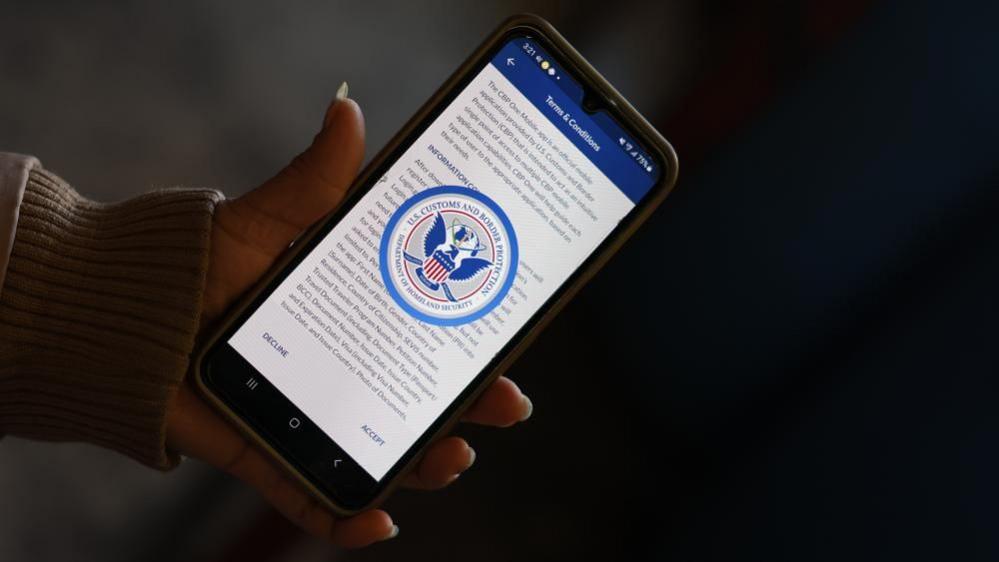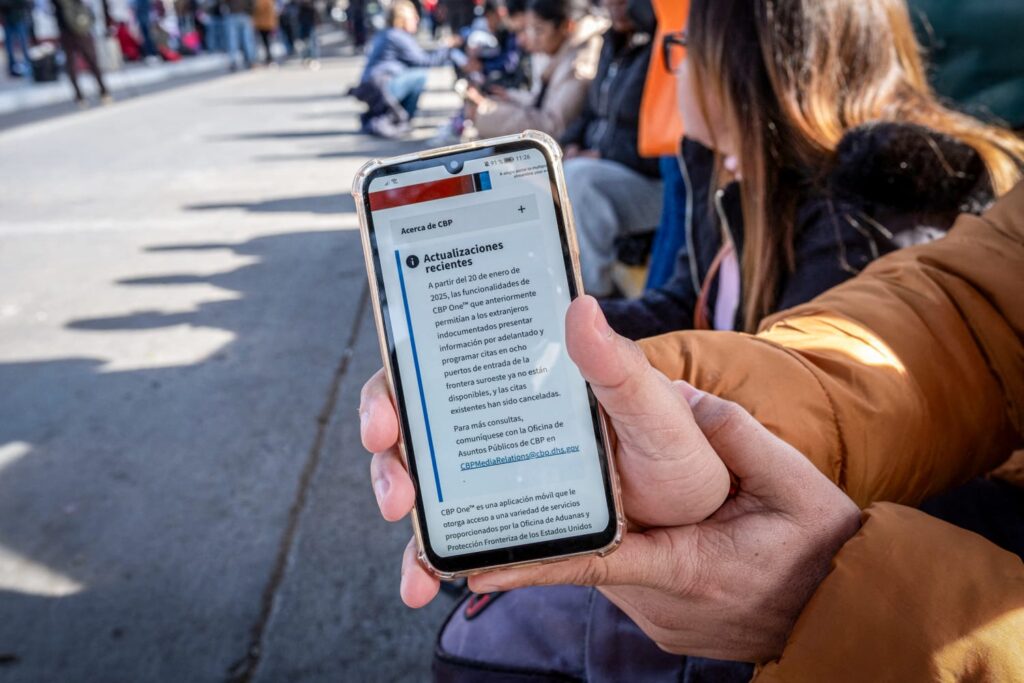The Trump administration has relaunched the CBP Home app (formerly CBP One) to nudge undocumented migrants toward self‑deportation — even offering a $1,000 incentive for a voluntary exit. Here’s a friendly, expert look at what this means for migrants, border enforcement, and the future of immigration policy. — I’ve reported on similar apps before and can speak to how tech shapes real-world border dynamics.

Trump Administration Launches Controversial App
| Insight | Data Point |
|---|---|
| Nearly 1 million used CBP One under Biden | Oct 2020–Dec 2024 |
| $1,000 stipend offered for voluntary departure | May 2025 |
| CBP scanning people exiting by car via facial‑ID | Planned |
The CBP Home app marks a significant pivot in American immigration enforcement — from processing legal claims to encouraging exits, backed by financial inducement and surveillance tech. It reflects broader priorities of the Trump era: stricter borders, fewer legal avenues, and a harder line on unauthorized stays.
How We Got Here: From CBP One to CBP Home
What CBP One Initially Did
- Launched in October 2020 for cargo, expanded in 2023 to allow asylum seekers to schedule border entry appointments.
- Became the main legal way to request U.S. entry — nearly 1 million appointments, many waited several months.
The Shift: January 20, 2025
- On Inauguration Day, Trump issued an executive order terminating CBP One, canceling existing appointments.
- Appointments were abruptly pulled mid‑day, leaving many asylum seekers stranded.
What CBP Home Does Now
- “Submit Intent to Depart” — the app lets undocumented migrants signal they plan to leave voluntarily.
- Offers a $1,000 stipend (plus travel expenses) after confirming departure — with potential to preserve hope for future legal reentry.
- Links to CBP’s biometric exit system: facial-recognition at land borders matches departing individuals.

Why It’s So Controversial
Rebranding, Not Reinventing
Legal pathways were replaced with incentives to leave — signaling a strategic pivot in immigration policy.
Rights & Legal Protection Concerns
Civil liberties groups warn this is effectively self-removal under pressure, with limited legal protections — what Al Jazeera termed a move that “violates the right to asylum”.
Stipend = Coercion?
Advocates say the $1,000 payment is deceptive — a financial nudge that may trap migrants into surrendering legal claims.
Privacy & Surveillance
Outbound biometric scanning raises civil-liberties questions. CBP defends it as identity verification, but critics fear mission creep and misuse.
Broader Enforcement Context
- The initiative is part of a larger crackdown to reinforce deportations and restrict legal entry pathways. Kristi Noem, DHS Secretary, put it bluntly: “If they don’t [self‑deport], we will find them … and they will never return”.
- DHS is reportedly cutting parole status and expanding surveillance and monitoring systems.
Expert Take & On-the-Ground Perspective
“It’s a trap,” immigration advocate Aaron Reichlin‑Melnick told The Guardian. From my prior work covering app-based border systems, these flood-of-appointments tools often favor those with resources, while this new model risks penalizing vulnerable populations forced into legal exclusion.

So… What Does It All Mean?
- For Migrants: Pressure to self-deport may lead many to abandon asylum claims and legal protections, exchanging immediate financial help for uncertain future options.
- For Policy: Represents a shift to encouragement-of-exit rather than facilitation-of-entry — with legal and ethical ambiguities.
- For Surveillance: Accelerates application of biometric tools; raises the stakes for national conversations on privacy and immigrant justice.
Looking Ahead
- Legal pushback is expected, especially from civil-rights groups and immigrant-rights organizations.
- Missing metrics: it’s not clear how many migrants are taking the stipend, and how many depart or return legally. Stats on self-deportation rates are still forthcoming and will reveal the program’s real impact.






